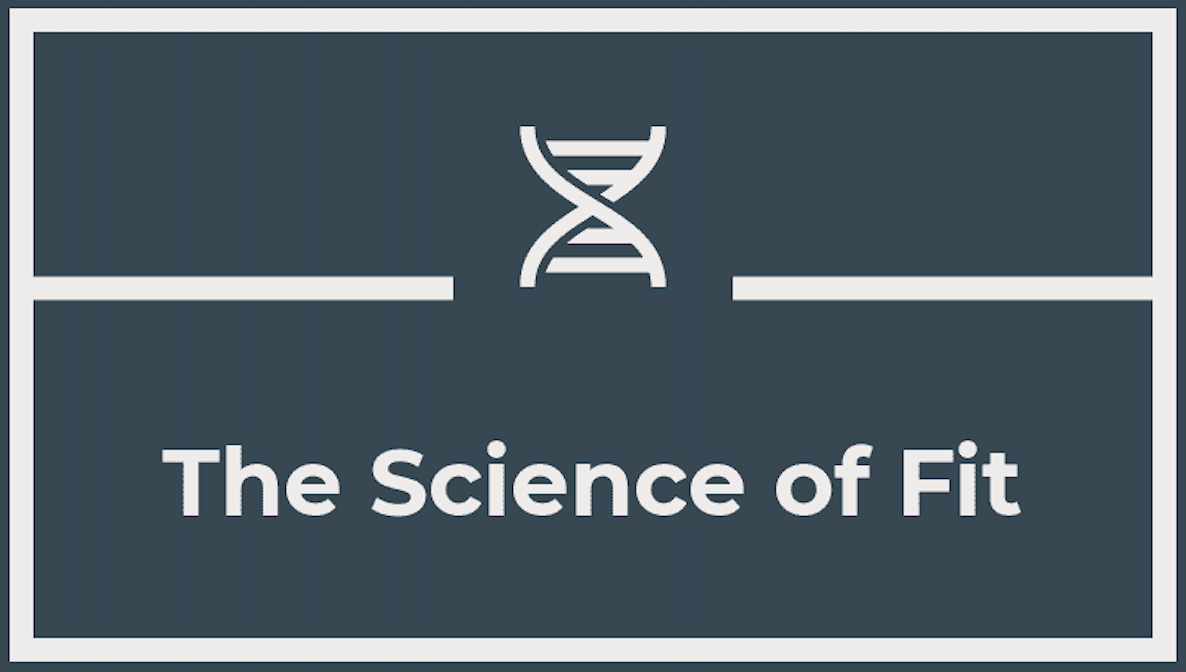Breathing - Somehow More Important Than You Thought
The Significance of Breath Training in Health and Well-being

Breath training, an ancient practice embedded in various cultures and modern therapeutic approaches, has gained increasing recognition for its profound impact on physical, mental, and emotional well-being. This article, while only scratching the surface, explores the multifaceted importance of breath training, shedding light on its physiological mechanisms, psychological benefits, and applications in diverse fields.
1. Introduction:
Breathing, often considered an involuntary and automatic process, can be consciously harnessed for therapeutic purposes through breath training techniques. From traditional pranayama in yoga to contemporary mindfulness-based interventions, the practice of breath training has evolved, demonstrating its versatility and relevance across different disciplines.
2. Physiological Foundations:
Understanding the physiological foundations of breath training is crucial. Controlled breathing techniques influence the autonomic nervous system, modulating the balance between the sympathetic and parasympathetic branches. Deep diaphragmatic breathing promotes relaxation, lowers stress hormone levels, and enhances cardiovascular health. Moreover, breath training optimizes oxygenation, supporting cellular function and metabolic processes.
3. Stress Reduction and Emotional Well-being:
One of the most recognized benefits of breath training is stress reduction. Deep, intentional breathing activates the parasympathetic nervous system, mitigating the effects of chronic stress. By fostering mindful awareness of the breath, individuals can develop emotional resilience, reduce anxiety, and improve mood regulation. Breath training techniques are increasingly integrated into mental health interventions, offering a complementary approach to conventional therapies.
4. Respiratory Fitness and Endurance:
Breath training extends its influence to respiratory fitness. Athletes and individuals engaged in physical activities can enhance lung capacity, respiratory muscle strength, and overall endurance through specific breathing exercises. This has implications for performance optimization in sports and activities requiring sustained effort.
5. Cognitive Enhancement and Focus:
Conscious breath control has been linked to improved cognitive function and enhanced focus. Breath training practices, such as mindfulness meditation, contribute to heightened attention, concentration, and cognitive flexibility. These cognitive benefits extend to various domains, including academic performance and workplace productivity.
6. Clinical Applications:
Breath training has shown promise as an adjunctive therapy in the management of various health conditions. From respiratory disorders like asthma to chronic pain conditions and sleep disorders, incorporating breath training into conventional treatment plans offers a holistic approach to healthcare.
7. Practical Implementation and Techniques:
This section explores practical breath training techniques, ranging from diaphragmatic breathing and box breathing to alternate nostril breathing and coherent breathing. Understanding the mechanics and application of these techniques empowers individuals to integrate breath training into their daily lives.
Proper breathing, often referred to as diaphragmatic or deep breathing, involves using the diaphragm efficiently to maximize oxygen intake and promote relaxation. Here's a step-by-step guide on how to breathe properly:
Find a Comfortable Position:
- Sit or lie down in a comfortable position. You can sit on a chair with your feet flat on the ground or lie on your back with knees bent.
Relax Your Shoulders:
- Allow your shoulders to relax. You can roll them gently to release tension.
Place Your Hand on Your Abdomen:
- Put one hand on your chest and the other on your abdomen (just above your belly button). This helps you become aware of how you are breathing.
Inhale Slowly Through Your Nose:
- Inhale deeply and slowly through your nose.
- Focus on allowing your abdomen to expand as you breathe in. Your chest should move very little; it's your diaphragm doing the work.
Exhale Slowly Through Your Mouth:
- Exhale slowly through your mouth or nose.
- As you exhale, contract your abdominal muscles to expel the air.
Observe Your Breath:
- Pay attention to the rhythm of your breath. Aim for a smooth, continuous flow without any jerky movements.
Practice Regularly:
- Set aside a few minutes each day to practice deep breathing. Consistent practice helps make diaphragmatic breathing a natural and automatic part of your respiratory pattern.
Tips for Proper Breathing:
Breathe Through Your Nose:
- Whenever possible, breathe in through your nose. Nasal breathing filters and humidifies the air, promoting optimal oxygen exchange.
Engage Your Diaphragm:
- Focus on allowing your diaphragm to move downward as you inhale and upward as you exhale. This engages the diaphragm and maximizes lung capacity.
Avoid Chest Breathing:
- Minimize the movement of your chest while breathing. Shallow chest breathing can contribute to tension and anxiety.
Practice Mindful Breathing:
- Incorporate mindfulness into your breathing practice. Be present in the moment, paying attention to each inhalation and exhalation.
Use Visualization:
- Imagine your breath flowing in and out like ocean waves. Visualization can enhance relaxation.
Combine Breathing with Relaxation Techniques:
- Integrate deep breathing into relaxation techniques such as meditation or progressive muscle relaxation for a more comprehensive relaxation experience.
8. Conclusion:
In conclusion, the importance of breath training extends far beyond a simple physiological process. Its impact on stress reduction, emotional well-being, respiratory fitness, cognitive enhancement, and clinical applications underscores its potential as a holistic tool for promoting health and wellness. As research in this field continues to grow, breath training emerges as a accessible and powerful practice for enhancing the quality of life.










